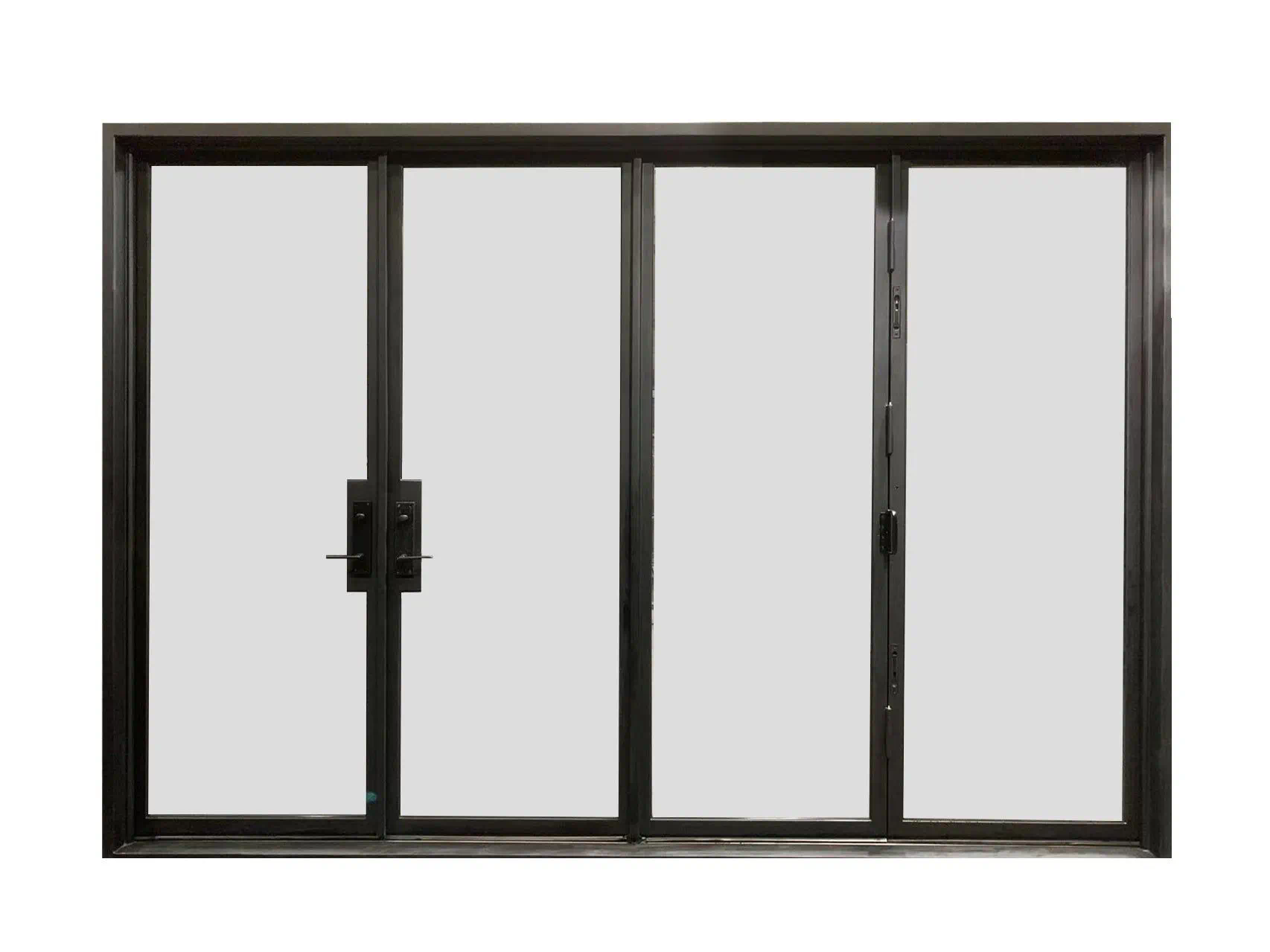Innovations in Graphite Condenser Design for Specialized Industrial Applications
The evolution of condenser technology has significant implications for various industrial processes, particularly in sectors where efficiency and durability are paramount. Among the most compelling advancements is the innovation in graphite condenser design. This article delves into the latest developments, applications, and benefits of graphite condensers in specialized industrial environments.
Graphite condensers have emerged as a preferred choice due to their unique properties, including high thermal conductivity, corrosion resistance, and lightweight nature. These attributes make them especially suitable for industries such as power generation, chemical processing, and petrochemicals.
Understanding Graphite as a Material
Graphite, a crystalline form of carbon, exhibits remarkable thermal and electrical conductivity. Its layered structure allows for efficient heat transfer, which is crucial in condenser applications. The ability to withstand high temperatures and pressures further enhances its utility in demanding environments.
The versatility of graphite enables it to be engineered into various shapes and sizes, tailored to specific operational requirements. This adaptability is a driving force behind the innovations observed in graphite condenser designs.
Advancements in Design and Technology
Recent innovations in graphite condenser design focus on improving efficiency, reducing maintenance costs, and extending service life. One notable trend is the incorporation of advanced manufacturing techniques, such as additive manufacturing and precision machining. These methods allow for more complex geometries that enhance fluid dynamics within the condenser.
Furthermore, the integration of computational fluid dynamics (CFD) simulations during the design phase has revolutionized how engineers approach condenser development. By simulating different flow patterns and heat transfer scenarios, designers can optimize performance before physical prototypes are built.
Enhanced Heat Exchange Efficiency
A critical aspect of condenser design is maximizing heat exchange efficiency. Recent innovations have led to the development of enhanced surface structures, such as finned or corrugated surfaces, which increase the surface area available for heat transfer. This design improvement significantly boosts the thermal performance of graphite condensers.
In addition, the use of composite materials in conjunction with graphite has been explored. These composites can enhance structural integrity while providing additional resistance to chemical attacks, ensuring longevity in aggressive environments.
Corrosion Resistance and Durability
One of the standout features of graphite condensers is their exceptional corrosion resistance. In industries where aggressive chemicals and high humidity levels are prevalent, traditional materials often succumb to deterioration. Graphite’s inert nature makes it an ideal candidate for such conditions, significantly reducing maintenance frequency and costs.
Moreover, advancements in coating technologies have further bolstered the durability of graphite condensers. Innovative coatings can provide an additional layer of protection against environmental factors, ensuring the condenser maintains optimal performance over extended periods.
Applications in Various Industries
Graphite condensers are increasingly being employed across various specialized industrial applications. In power generation, for instance, these condensers play a pivotal role in steam cycle efficiency, helping to reclaim waste heat and improve overall plant performance.
In the chemical processing sector, graphite condensers are used in distillation columns and evaporators, where their resistance to corrosive substances is invaluable. Their lightweight nature also allows for easier installation and reduced structural support requirements, leading to cost savings in plant design.

Petrochemical industries benefit from graphite condensers in refining processes, where their ability to handle volatile organic compounds and high temperatures is essential. The enhanced heat transfer efficiency contributes to more effective separation processes, increasing yield and reducing energy consumption.
Sustainability Considerations
As industries increasingly prioritize sustainability, the role of graphite condensers has become even more significant. The ability to recover and utilize waste heat not only enhances efficiency but also supports broader environmental goals by reducing carbon footprints.
Graphite’s recyclability further aligns with sustainable practices. At the end of their service life, graphite condensers can be repurposed or recycled, minimizing waste and promoting a circular economy.
Future Perspectives
Looking ahead, the future of graphite condenser design appears promising. Ongoing research and development are set to uncover new applications and enhancements. The potential for integrating smart technologies, such as sensors for real-time monitoring, could revolutionize how condensers operate, leading to predictive maintenance and further efficiency gains.
Moreover, as industries increasingly adopt digital twins and Industry 4.0 principles, the data generated from graphite condensers could inform strategic decisions, optimize processes, and enhance overall system performance.
Conclusion

The innovations in graphite condenser design represent a significant leap forward in addressing the challenges faced by various industries. graphite condenser heat transfer coefficient With their superior thermal performance, corrosion resistance, and adaptability, these condensers are poised to play a crucial role in enhancing operational efficiency and sustainability.
As industries continue to evolve, the importance of advanced materials like graphite will only grow, shaping the future of condenser technology and its myriad applications. Through ongoing research and technological advancements, graphite condensers will undoubtedly remain at the forefront of industrial innovation.
https://iflatiron.com/



